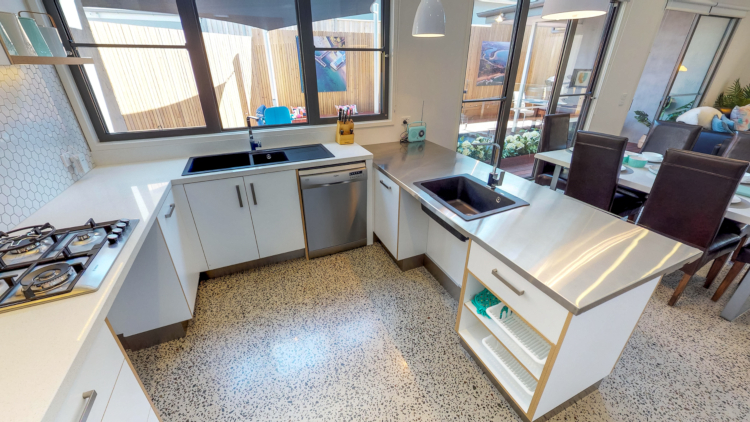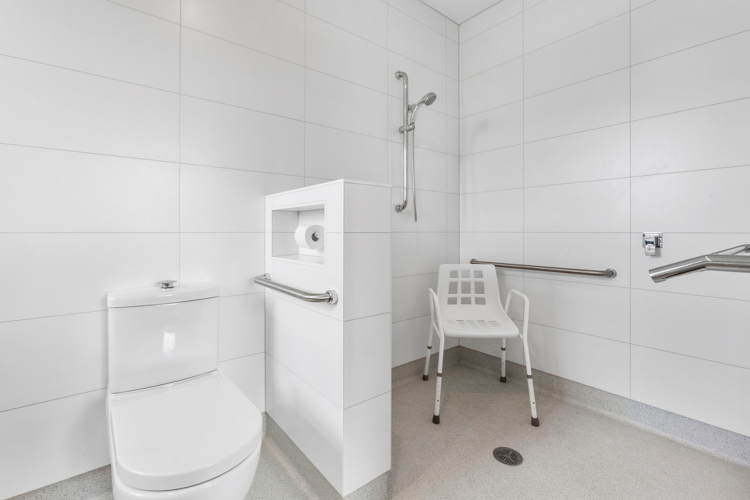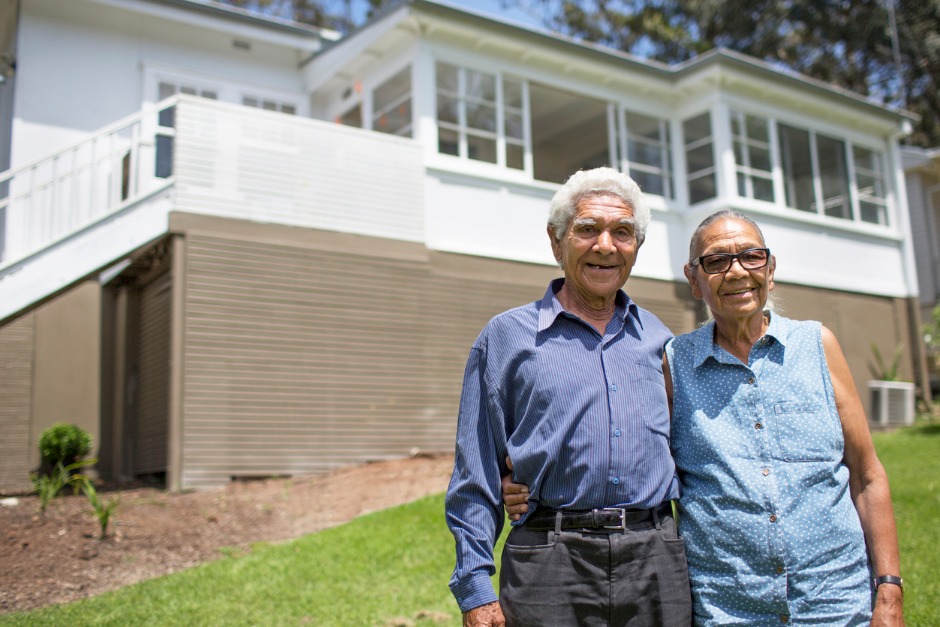Elderly Aboriginal and Torres Strait Islander people want to remain at home with their families and communities in their later years, so it is important to create a safe environment inside their homes to improve their quality of life and level of independence.
The level of modifications required in a house will vary greatly depending on the elderly person’s age, mobility and mental health. Keep this in mind when determining what degree of changes need to be made in your elderly loved ones home to make it a safe and independent environment.
General Tips for All Rooms
If your loved one uses a wheelchair, widening all the doorframes will make it easier to independently navigate their way around the house. Also, fixing any uneven flooring throughout the house will help minimise the risk of a fall and make using a wheelchair much easier.
Some other general tips include:
- Ensure there is adequate lighting throughout the house
- Install support rails in hallways
- If your house has stairs (e.g. multi-story house), you may need to install an electric stair-lift
- Remove unnecessary small furniture and any other trip hazards
- Place grip treads on steps
Now let’s take a look at the different aspects of the house and how each can be modified to make everyday tasks easier and safer for an elderly person.
The Kitchen

Caption: Image of Bell Air accessible kitchen. The knee space under the sink on the right side and the stove on the left make them easier for a person in a wheelchair to use.
There are many ways that the kitchen can be changed to increase ease of use and safety, including both budget fixes and more expansive modifications.
Some budget modifications include:
- Replacing rotating taps with lever taps
- Installing D shape cupboard handles as knob’s can be difficult to grab with elderly hands (e.g. arthritis)
- Place a thin rubber mat in front of the sink in case water overflows/splashes onto the ground to minimise the risk of a fall
Some more expensive modifications include:
- Adjusting the height of the kitchen bench (e.g. lower bench for a shorter person)
- If they are a wheelchair user, removing the cupboards under the sink and/or stove to make space for the wheelchair, allowing the person to still perform tasks in the kitchen
- Replace the kitchen flooring with a non-slip option (e.g. smaller tiles with more grout area with a slip-resistant formula applied)
- Adjust cupboard layout and height to make them more accessible
- Install a pull-out drawer style pantry so items that are placed at the back are easier to reach
The Living Room
The living room is the place to sit down, relax, socialise or watch your favourite TV show. So how can we make it a safer and more independent room for an elderly person?
- Remove any rugs or other trip hazards
- Avoid couches that are low to the ground - the higher the couch, the easier it is to sit down and stand up
- Have any remotes close to the sitting positions, minimising the need to unnecessarily stand up (e.g. TV or air conditioner remotes)
If your loved one has limited mobility and struggles with sitting and standing, it may be a good idea to replace an ordinary armchair with an electric lifting one that raises and lowers and enables them to still independently perform the sitting/standing process.
The Bathroom

Caption: Image of Bell Air accessible bathroom. The grab bars and shower chair make the process of showering safer and easier for an elderly person.
Due to the often wet and slippery floor, the bathroom is arguably the most dangerous room of the house due to the higher risk of a fall occurring.
Some safety measures to minimise the risk of an accident include:
- Place anti-slip rubber mats/strips in the shower area and inside the bath
- Install support rails on the walls where needed
- Make the shower frameless with a sloping floor (sloping to the drain) so there is no raised step-over section
- Provide a shower chair with support bars
- Install a raised toilet seat
- Make the bathroom as open plan as possible to make it easier to manoeuvre
If the toilet is in a separate area to the rest of the bathroom, place support rails in the toilet area as well to assist with the sitting and standing process.
The Front Entrance
Does your house have outside stairs leading up to the front door? If so, installing a ramp (if able) with support rails on either side will be easier and safer for an elderly person to navigate than stairs. However, if the outside of your home is not suitable for a ramp or you are unable to have one made and installed, installing support rails on either side of the stairs as a minimum will help to make the climbing process safer.
Note: If you are installing a ramp, make sure to make it wide enough for a wheelchair in case the elderly person’s mobility declines and they require one in the future.
It is also important to consult a professional (e.g. occupational therapist) before you begin modifying your home or talking to builders. Having a professional that knows your loved ones mobility and health conditions do an assessment of your home will ensure that you have not missed anything and that the needs of your elderly loved one are met.
A good discussion piece on "age-in-place" is available at Age-in-Place Home Improvements: A Room-by-Room Guide (American site) with helpful conversation starters for discussion on what work can be done to help someone remain at home.
Information sourced from:
AARPThe Flooring GirlAboriginal and Torres Strait Islander people please be advised that there may be images, videos or names of people on this website that are deceased, which may cause feelings of sorrow or sadness.



